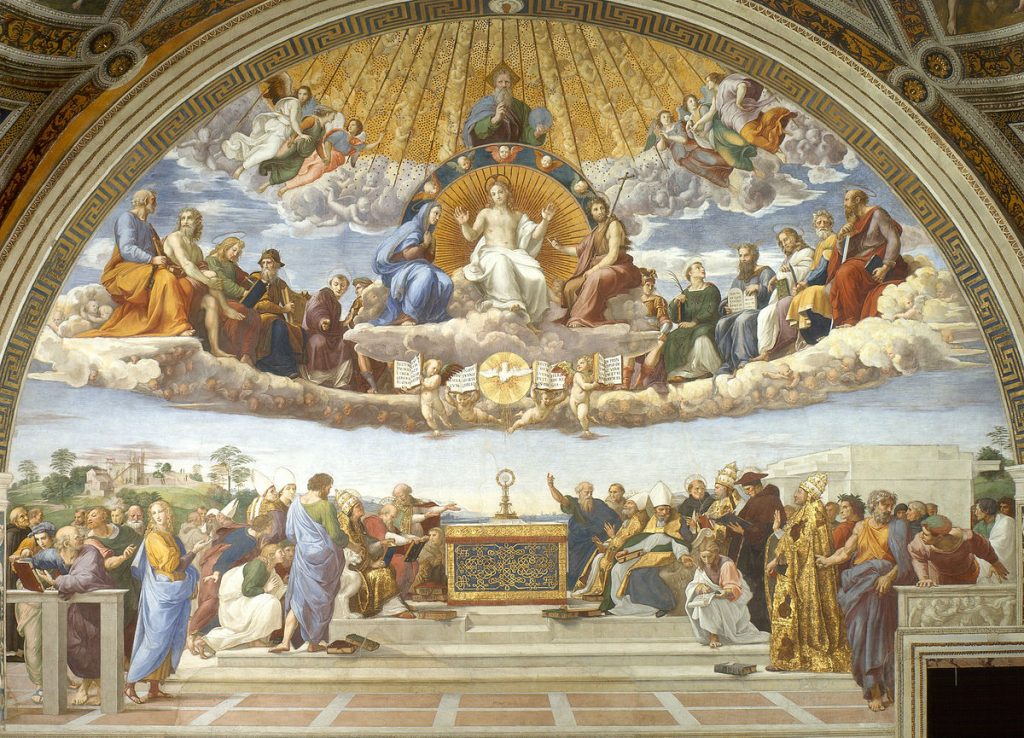
Raphael. Disputation of the Most Holy Sacrament. 1510.
Two years ago, Father Gonzalez had a class on the Vatican II Document, Sacrosanctum Concilium. The class was well attended, and we as a parish learned many things regarding the Council document and its implementation. As you may recall, Sacrosanctum Concilium was the Vatican II document that called for changes in the Sacred Liturgy. What it called for and what actually was put into practice were two very different things. Here is a summary.
Sancrosanctum Concilium did call for:
· Maintaining Latin as pride of place in Mass
· Gregorian chant as the most suitable form of music for the Sacred Liturgy
· An encouragement of actual participation of the faithful which includes, “responses, psalmody, antiphons, and songs, as well as by actions, gestures, and bodily attitudes. And at the proper times all should observe a reverent silence” 1 (Sacrosanctum concilium (vatican.va), par. 30.)
· A deeper knowledge and appreciation for the lex orandi of the Church (how the Church prays) in order to strengthen its lex crendendi and lex vivendi (how the Church believes and lives)
Sacrosanctum Concilium (or any document from Vatican II) did NOT call for:
· Abolishing Ad Orientem (priest and people facing east)
· Replacing Gregorian Chant and Latin
· De-sacralization of the Sacred Liturgy and Rites
NOR did it call for:
· Inserting secular music
· Allowing Communion in the hand (Although this was allowed as an option 12 years after the close of the Council, Holy Communion on the tongue continues to this day as a universal norm and preferred way to receive.)
· Extraordinary ministers of the Holy Communion
· Ugly and uninspiring priestly vestments
· Removing altar rails and relocating tabernacles and/or erection of “table” altars
· Churches in the round, which tend to focus more on humanity rather than divinity
· Violation of art in Catholic churches
Lex orandi lex crendi! What does that mean? It’s a Latin phrase meaning how you pray is how you believe. In other words, there is a deep connection between how one prays and what one believes. A recent pew study indicates that 70% of CATHOLICS (those who still consider themselves as such and “practice”) don’t believe in the Real Presence. What changed? The Real Presence is a fundamental Catholic teaching! Could it have something to do with the changes in the Mass? Could it be that how we pray impacts how we believe? These are certainly some things to consider.
As an instructor of adults seeking full communion with the Catholic Faith through RCIA, I hear constantly about how attendance at Mass at St. Theresa is so different from anything they
have experienced worshiping at other places. These “outsiders” invariably indicate that there is a reverence at Little Flower, not only as seen in the Mass with Father and the devoted altar servers, but as heard in the sacred music with the choir. Also, these RCIA-goers comment routinely that the reverence at Mass shown by parishioners is unique. As an example, these “seekers” notice parishioners genuflect when crossing in front of the tabernacle because they believe Christ is there. They notice the priest facing away from the people, ad orientem, which highlights the worship of God and the sacrificial nature of the Mass. What we’re doing at Little Flower is nothing more than following the directions of Holy Mother Church in her Vatican II document, Sacrosanctum Concilium, and subsequent Church documents relating to the Liturgy.
Vatican II is a legitimate council of the Catholic Church. Its goal was to address the problems and challenges of the day, one of which was to engage people of that era in the Mass, people who seemed to be somewhat disengaged from the reality of the Mass. The Church in her wisdom wanted the Mass to deepen people’s faith. Tragically, quite the opposite happened. According to several recent surveys, Mass attendance for Catholics in the US prior to Vatican II sits at approximately 75%. Mass attendance between 2014 and 2017, 39%. Mass attendance post Covid-under 20%.2 (Fewer Catholics Of All Ages Are Attending Mass, Gallup Study Finds | HuffPost Religion.) The rapid decline in Mass attendance over the last 60 years is shocking, to say the least.
We don’t have to look at statistics to know the reality. Just look at old pictures to see how crowded Churches were prior to Vatican II versus now. We see parishes in this country and others being suppressed, and we notice a shortage of priests and religious. Even in our own diocese, we have had parishes close and merge recently. This is the reality of the Catholic Church in the West.
Showing up to Mass as if it was just another thing to do needed to be corrected, but the teaching that was needed following the Conciliar reforms wasn’t done, or if it was done, it was either poorly done or not widespread. Further, the implementation of the Conciliar reforms was simply ignored in some places, leaving priests to implement their own interpretation of the reforms. Throwing the baby out with the bathwater is a sentiment that comes to mind. How do we get back on the right path? Like Hansel and Gretel leaving breadcrumbs in a dark forest, we must look for the breadcrumbs left for us by Holy Mother the Church in Sacrosanctum Concilium and worship in the way the Church prescribes. After all, how the Church worships is a witness to the truth of what She professes and is ultimately a means of drawing us into the fullness of life in Christ.
For more details, please read the following: Sacrosanctum concilium (vatican.va)

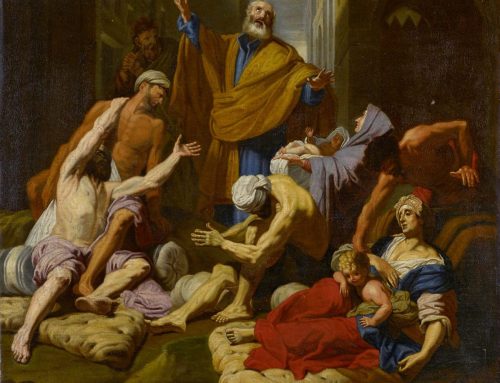
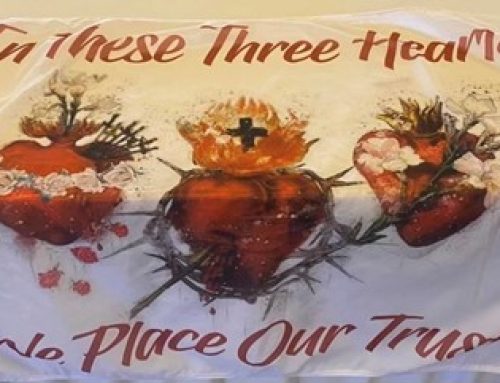
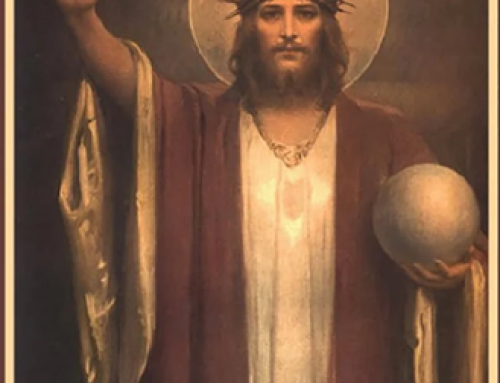
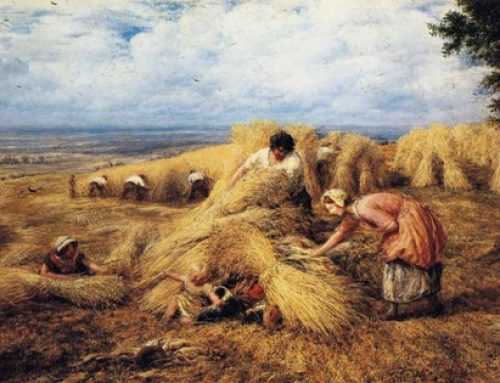
Leave A Comment